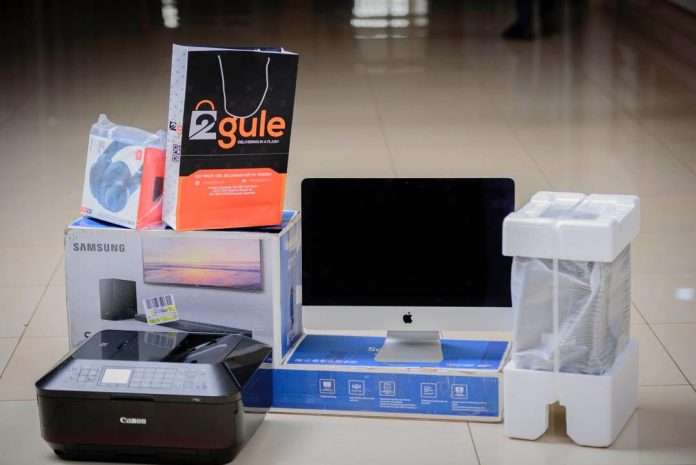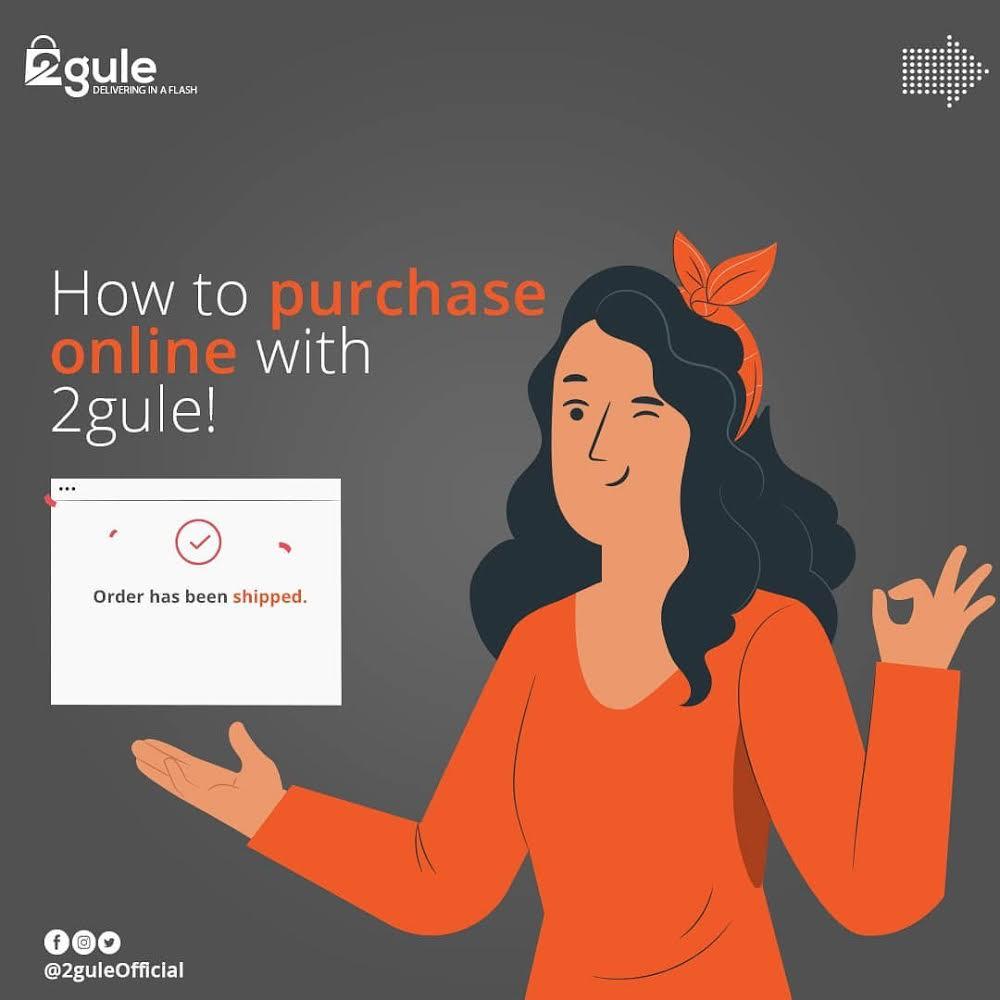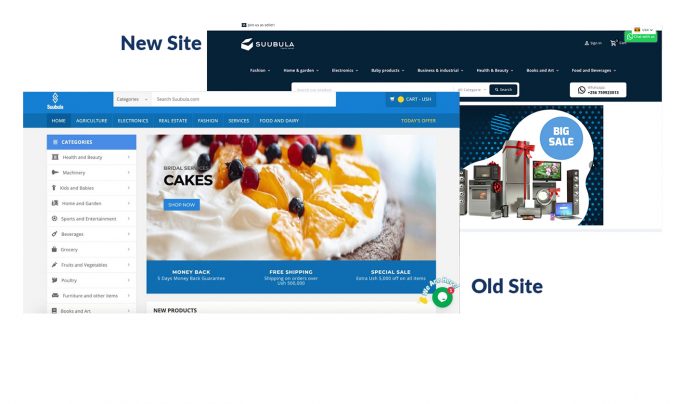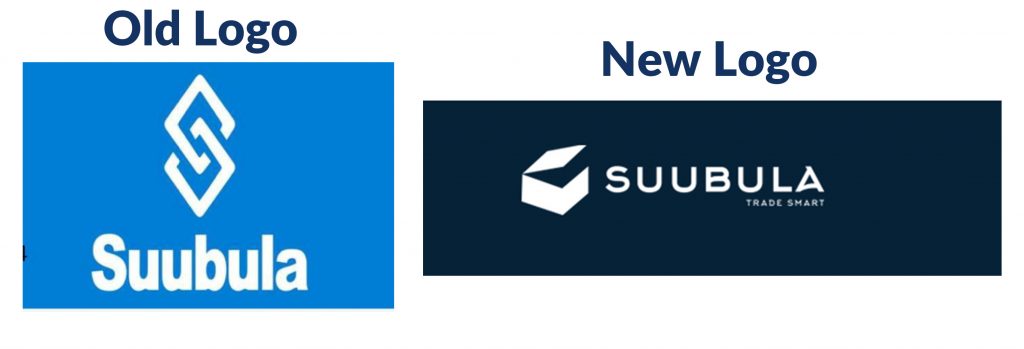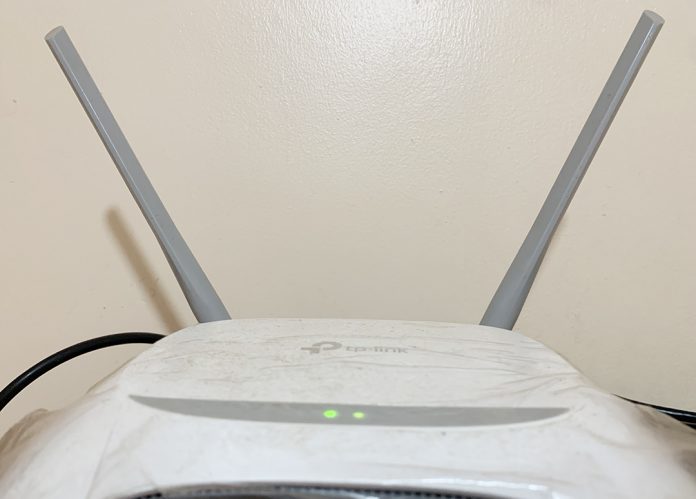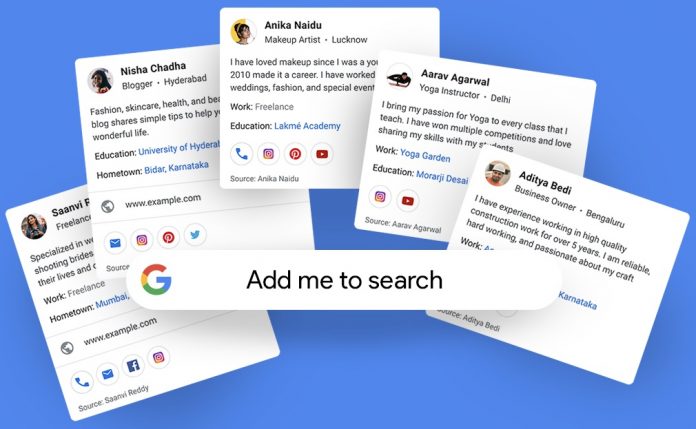With the pandemic happening around the world, most people aren’t taking any chances of leaving the house and going to the mall to buy things they need. You won’t know the items you’ve touched may have been handled by someone else who has the virus. It would be ideal to look for other options rather than going to the mall.
Nowadays, businesses have made it possible for customers to shop through their online department store because it’s frankly hassle-free. It’s good to know that you have the power to shop online without ever leaving your house, especially at a time like this. You should try buying things online rather than stepping outside and getting exposed to the virus.
Time-Saver
You might happen to live really far away from a department store. Driving will take you some time to get to the store. It’ll be even harder to get there if you don’t have a car, so the best option is to shop at an online department store. Not only can you save time travelling from your home to the store, but you also have quick and easy access to all the items at the department store.
Usually, you would ask a salesperson to help you look for a specific item. With an online store, all you need to do is type in the search bar of the site, and it’ll tell you straight away whether the product is available. All the item details you’re searching for is already posted on the website, so you don’t have to ask anybody.
Shop Anytime You Want
You might feel bored in the middle of the night, so you search for items you could find useful for your room or the house. After you’ve seen an item you want, you can buy it right then and there. The “shopping cart” feature definitely helps keep track of what you bought to prevent unnecessary backtracking. And if you’re lucky enough, the store might deliver it to your doorstep in the morning or afternoon.
You can never shop at those times at a physical department store because of the designated store hours. For people who have a habit of staying up late and want to shop to their heart’s content, the online department store can make that happen.
Tons of Variety
When talking about a department store, they would have different products such as phones, watches, furniture, appliances, tools, auto accessories, etc. You can also experience the same in an online department store. The only difference between the online and physical stores is you can view the products on your phone or computer online, while the physical store lets you actually hold the item.
In an online store, you can even view new and upcoming international releases, letting you know about those products before anyone else and buy them at a moment’s notice once they release.
Technology makes it convenient for people to do most things they like while staying at their homes’ comfort. Because of that, businesses have created online department stores for their customers to view the entire list of items with a full description of each one. Make use of it!





